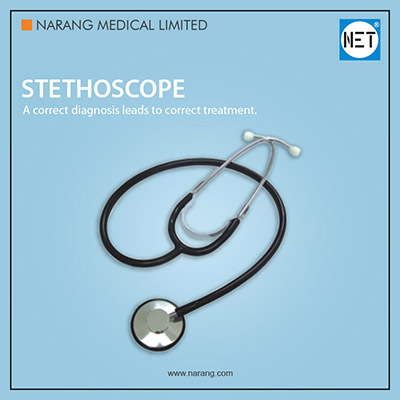Understanding the Crucial Role of Cold Chain Equipment in Vaccine Storage and Distribution
The introduction of vaccines has been one of the most significant advances in public health, preventing millions of deaths worldwide each year. The effectiveness of these vaccines, however, depends heavily on one critical factor: the cold chain. This system of storing and transporting vaccines at recommended temperatures from the point of manufacture to the point of use is vital to ensure their potency and efficacy. Cold chain equipment, ranging from refrigerators to cold boxes and vaccine carriers, plays a pivotal role in this intricate process.
The Importance of Cold Chain in Vaccine Efficacy
Vaccines are biological products that can lose their effectiveness quickly when exposed to temperatures outside their recommended storage range. Exposure to heat or freezing can damage the vaccine, rendering it ineffective or even harmful. The cold chain prevents such outcomes by maintaining vaccines in an optimal temperature range throughout their journey. This is critical in all settings, but particularly in countries with challenging climates and limited infrastructure.
Key Components of Cold Chain Equipment
The cold chain system comprises various equipment, each serving a unique role in vaccine preservation:
- Refrigerators and Freezers - These are used for the storage of vaccines at health facilities. Solar-powered options are crucial in areas lacking reliable electricity.
- Cold Boxes and Vaccine Carriers - Portable containers used to transport vaccines over short distances. They maintain the cold chain during outreach activities or transportation between facilities.
- Temperature Monitoring Devices - Devices such as vaccine vial monitors (VVMs) and digital data loggers help monitor the temperature exposure of vaccines, ensuring they remain within the recommended range.
Each component is essential for the seamless functioning of the cold chain, ensuring vaccines retain their potency from production to administration.
Challenges in Managing Vaccine Cold Chain
While the cold chain system is vital, it faces several challenges, especially in low-resource settings:
- Lack of infrastructure, such as reliable electricity, can hinder the proper storage and cooling of vaccines.
- Remote locations and harsh environments make the transportation and maintenance of cold chain equipment challenging.
- Insufficient training for healthcare workers on cold chain management can lead to mishandling of vaccines, compromising their integrity.
Addressing these challenges requires concerted efforts from governments, international organizations, and the private sector to invest in infrastructure, provide training, and develop more resilient cold chain technologies.
The Future of Cold Chain Equipment
Technological advancements are driving improvements in cold chain equipment, making systems more efficient, reliable, and easier to deploy in challenging environments. Innovations such as solar-powered refrigerators and real-time temperature monitoring devices are enhancing the robustness of the cold chain. Additionally, the development of vaccines with greater temperature stability is promising for simplifying cold chain requirements.
Ultimately, the success of vaccine programs hinges on the effectiveness of the cold chain. As we continue to face global health challenges, including pandemics and routine immunization efforts, the role of cold chain equipment in safeguarding vaccine efficacy cannot be overstated. Ensuring its strength and resilience is not just an investment in health infrastructure but a commitment to protecting global health.
Learn more about Narang Medical Ltd













